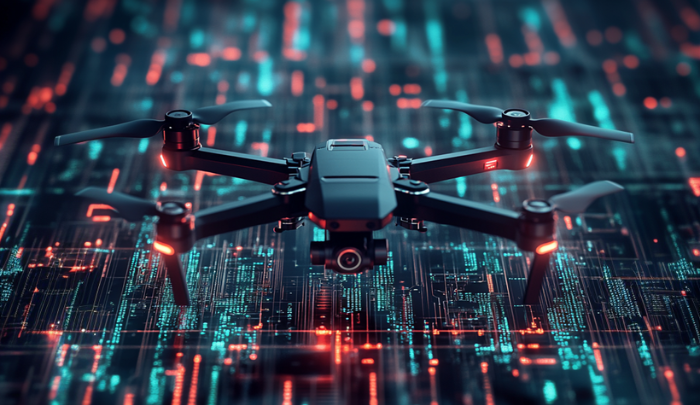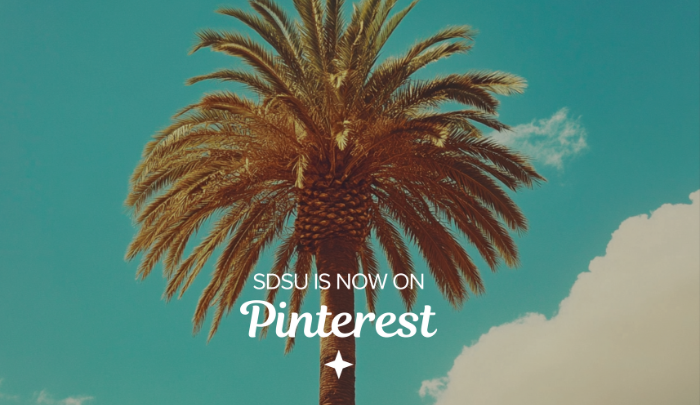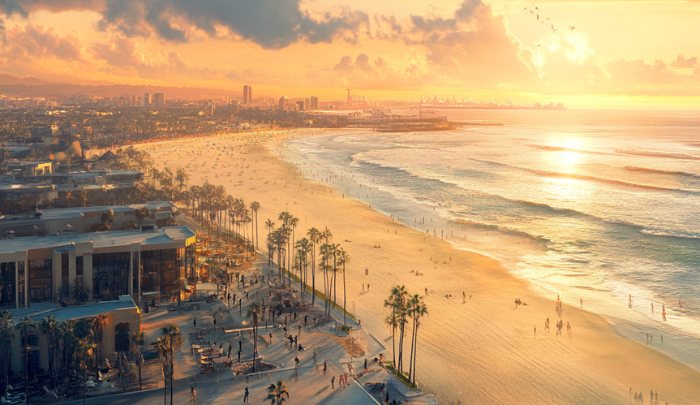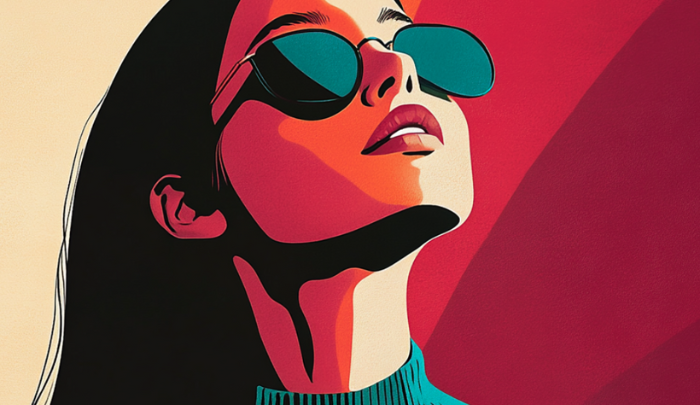Visual Content Prompt Library
AI tools can support the creation of visual assets that reflect SDSU’s brand identity when used with intention and oversight. Because many visual tools may not accurately reproduce brand elements like color or fonts, it’s essential that all AI-generated visuals follow SDSU’s Brand Guidelines and are reviewed before publishing.
Before You Start: Guidelines for Visual Content Creation

AI-generated visuals should enhance workflows but must always be human-led and aligned with strategic communication goals.
- Always ensure human oversight: Any AI-generated images must be reviewed, fact-checked, edited, and approved by a human before publishing.
- Use only professional and licensed AI tools: Choose tools that protect data privacy and avoid uploading or creating visuals using public tools that store or reuse prompts and outputs.
- Respect copyright and ownership: Never generate images based on existing copyrighted visuals unless you have permission. AI outputs must not unintentionally replicate protected or proprietary designs.
- Be transparent when necessary: If AI-generated visuals are used in official communications, they must be disclosed when appropriate, especially for external-facing materials.
- Prioritize brand integrity and accessibility: Ensure that AI-generated images align with SDSU’s visual identity and meet accessibility standards (e.g., contrast, readability).
- Never input confidential or sensitive information: Do not upload internal designs, student data, project visuals, or any embargoed content into public GenAI platforms.
- Please review SDSU AI guidelines before using Gen AI for images and graphics.
Prompting Best Practices by Visual Type
Graphic Design

Use these guidelines when generating flyers, social graphics, web banners, and print layouts.
- Specify size and platform. Instagram Post: 1080x1080px, Print Flyer: 8.5x11)
- Define the purpose and tone. Student-focused, clear, energetic, depending on the audience.
- List essential sections. Headline, subtext, event details, CTA button, QR code if needed
- Give details on brand elements. SDSU colors and fonts, correct logo usage, core design principles.
- For infographics: Ask for simple icons, minimal text and a clean layout.
AI outputs are rarely ready-to-publish. Use tools like Canva or Adobe to refine drafts before final production. Always review against SDSU's visual standards and reach out to [email protected] for additional review and support.
Images (Photography, Backgrounds, Illustrations)

Use AI to create visuals for brainstorming ideas or when real photography is not possible or lacks quality, for example, futuristic renderings, abstract ideas (like sustainability) and sensitive topics.
- Describe the subject clearly. “Future rendering of Coronado Beach in San Diego at sunset in 50 years.”
- Indicate tone and setting. Lively, welcoming, academic.
- Request brand-friendly composition. Natural lighting, bright, crisp, diverse representation.
- State format and usage. High-resolution 4K JPEG for 8.5x11 print flyer.
Illustration & Art Styles

Ideal for abstract storytelling or decorative visuals where photography isn’t suitable. Use AI tools such as Adobe Firefly and OpenAI DALL·E.
- Define the subject and style and be specific. “Flat icon of student researching in library,” “Warm, line-art style.”
- Avoid overuse of gradients, filters, or playful/off-brand styles. Stay within SDSU’s core design principles of clean, modern and vibrant.
- Stick to SDSU’s color palette and accessible, minimal compositions.
- State use and format. "Scalable vector for handout, square PNG for Instagram."
